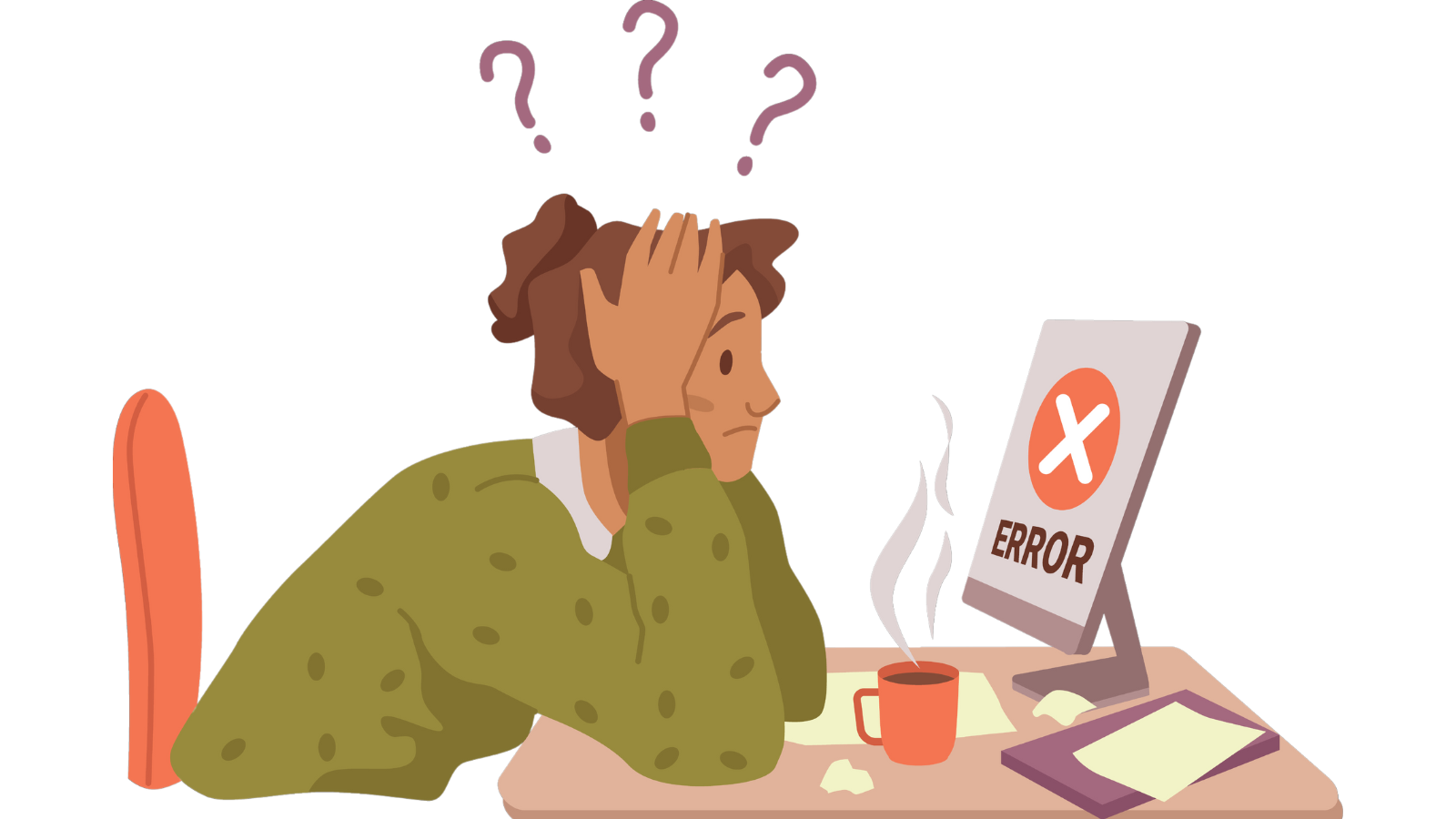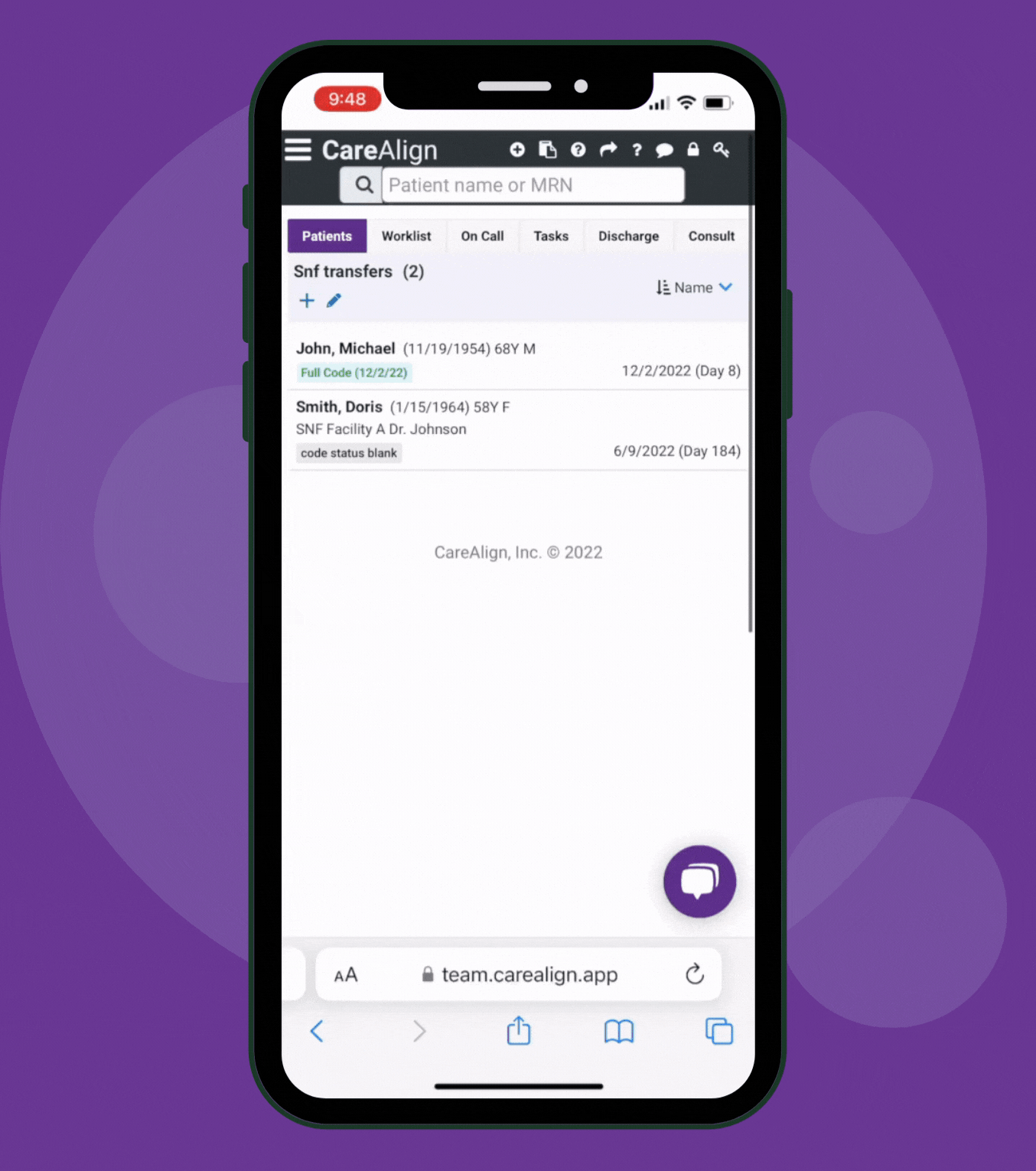Carelign: The Origin of CareAlign at Penn Medicine
Like many modern-day technology solutions, CareAlign started with a need: today’s frontline healthcare providers lack a specialized tool to help them collaborate with their multidisciplinary teams to provide cohesive, high-quality care.
When it comes to managing day-to-day patient care workflows, clinicians use many things to take notes, write down tasks, or communicate with their team members. This includes text messages, emails, inbox messaging, word documents, paper – the list goes on. But information in these forms can get lost or forgotten about. And this information isn’t immediately available to the entire team. These workarounds are contributing to miscommunications, which can lead to preventable errors.
CareAlign is disrupting that standard. We see a better way. The world is digital and collaborative – why should it be any different on the frontlines of healthcare?
Carelign at Penn: An Evolution of Improved Access to Critical Patient Data
CareAlign – originally Carelign – was started at Penn Medicine, a multi-hospital health system based in Philadelphia. From our earliest version that put patient lists online, to a sophisticated application that organizes patient information and tasks into at-a-glance workspaces clinicians can access right from their cell phones, it’s become clear that we’re filling a critical need.
Since full implementation, we’ve seen:
Safer Care. Penn has observed safer transitions of care, improved handoffs, and a reduction in preventable errors. 75% of CareAlign users say the platform has prevented at least one error in their practice.
Happier Clinicians. CareAlign has eliminated double documentation for clinicians, giving them time back to focus on direct patient care and reducing burnout. 81% of users say CareAlign saves them at least an hour per shift.
Happier Patients. CareAlign improves collaboration, which results in more cohesive patient care. CareAlign users have found a 9% increase in HCAHPS scores.
More Accurate Reimbursement. With CareAlign, clinicians’ notes make it into the platform so they can be accurately billed and coded for. CareAlign showed a 4% increase in CMI scores.
We love hearing users say that they don’t have to rush out of a patient’s room anymore to complete documentation. Or when they describe how they can easily access clinical information they’d otherwise not be able to obtain.
At CareAlign, we believe in our mission to make it easier for clinicians to collaborate and do their jobs so they can spend more time focusing on patients. We believe we can give organizations a tool that translates to a vastly better experience for clinicians and patients.
A Shared Computer – and A Lot of Paper
When Dr. Subha Airan-Javia was a first-year intern at Penn, clinicians used Word Documents to manage patient care lists. It was 2004. Those lists were stored on the hard drive of one computer. Interns and residents spent a lot of time waiting to use the computer so they could print off these documents, which were used as both rounding lists and written patient handoff notes.

“Early on, I learned I needed to handle our printed patient lists with extreme care. After all, they contained information that served as a basis for life-or-death decisions,” says Dr. Airan-Javia.
“I also learned that this system was inefficient and error-prone. So I lobbied for a tool that would be more accessible across the clinical setting, not limited to one computer. I didn’t know then that my appeal for better tools would lead to me creating a technology platform and spinning this out into a company to help other clinicians with the problem that so many clinicians still experience 20 years later.”
Care Team Collaboration: The Tool Clinician’s Didn’t Know They Needed
Every industry has tools of the trade to help its workers do their job better, right? In medicine, it’s true that clinicians have all kinds of innovative technologies to help them perform advanced diagnostics and treatment.
But a frontline clinician’s most important asset? Their brain. The ability to think through complex patient-care problems and collaborate with others to create the most effective treatment plan for each individual patient.
To optimize thinking and reasoning, our brains need data – good data. This means patient information that’s updated, accurate, and inclusive of all relevant points so that clinicians can make safe and effective decisions.
For many clinicians, the electronic health record (EHR) is their best (or only) tool available for sharing patient information. While they can help with the business of healthcare, most EHRs do not support collaborative task management or clinical workflows.

Instead, EHRs contain large amounts of fragmented information housed under hundreds of separate tabs. They are difficult to navigate and lead to many clinicians being frustrated and wasting time that they could be spending with patients.
EHRs also force frontline care providers to find workarounds to their issues. They print out patient lists, jot down tasks on sticky notes and in word docs, share information over email and text. But these static, siloed, and unsecure tools mean that not everyone on the team has access to the same information at the same time.
The Light Bulb Moment
So, back to Penn, the year 2005. Dr. Airan-Javia and her team had just rolled out the first generation of Carelign, eventually to be known as CareAlign. Adoption rates had soared beyond expectations.
It was a light bulb moment. Through systems improvement and technology, we could make life better for clinicians and patients alike. Something better was both essential and achievable: a multidisciplinary, team-based tool that would empower clinicians to synthesize and act on emerging patient information.
In collaboration with Penn’s forward-thinking IT and medical information professionals, Dr. Airan-Javia spent the next decade designing, re-designing, innovating, and improving the platform.
A Steady Progression of User Delight, Greater Transparency, and Safer Care
As the years unfolded and technology advanced, we built the tool to incorporate more information and functionality:
– Full integration with EHRs
– Shared task management for the entire team
– Two-click access to labs and vitals
– Real-time access to patient information
– Coding directly in the clinician’s workflow
– Integration with HSX
– EHR-agnostic
– Fully functional on mobile
All this led to the CareAlign that Penn clinicians use today: an intuitive, team-based application designed to support the way they think about patient care.
A tool that removes the need to hunt and gather in the EHR and instead empowers on-the-fly, informed decision-making. A tool that puts all the data a frontline clinician needs at their fingertips, in a workspace that provides a complete picture of each patient. A tool that allows clinicians to re-use the work they’ve already done to generate their progress note, reducing the documentation burden.

And here’s another game-changer – a tool that lets the entire team see the patient information in real-time – even if they work in a different specialty, at a different physical location, or with a different EHR system.
Agile Design Leads to Immediate Adoption
It was always a guiding point for our team: What about user adoption? People think healthcare workers are notorious for being resistant to new technology. But, historically, the tech they’ve been given is unintuitive and adds more work for them.
We committed to agile design, meaning we developed CareAlign to be iterative based on user feedback and evolving needs, with platform updates reflecting these new needs and requests. This has helped us continuously deliver a tool that fits what users need and want.
As of 2020, Carelign was voluntarily adopted in 159 of 169 total inpatient services across three Penn hospitals. Acceptance was near-immediate: over a quarter of users implemented Carelign into their typical workday after one shift of learning it, and 90% of people were using it regularly within one week.
“It is the only time in my decade of experience with health IT that I feel like a product was designed for me to use in the provision of patient care.” ~ Penn Clinician
We will strive to keep innovating so that clinicians can spend more time focusing on what matters most – providing the safest and highest quality care to their patients.

